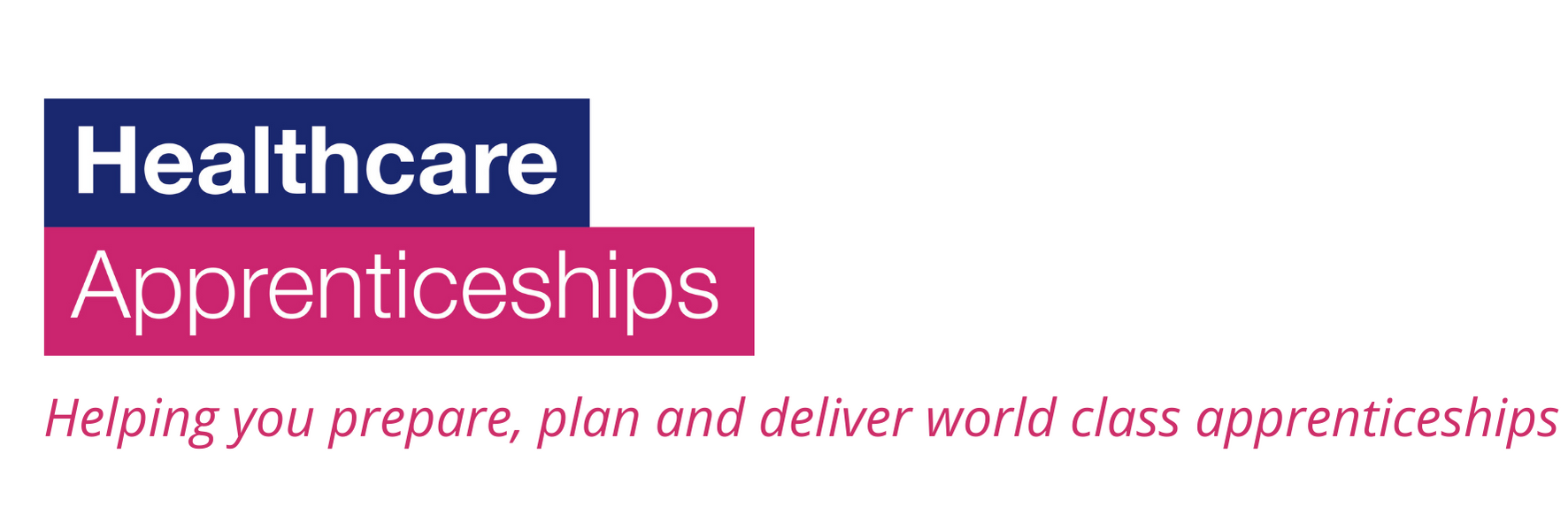 Many employers and Approved Education Institutions (AEIs) are preparing their programmes for midwife apprentices. The current standard and assessment plan can be found here.
Many employers and Approved Education Institutions (AEIs) are preparing their programmes for midwife apprentices. The current standard and assessment plan can be found here.
Below are some FAQs to help explain the recent changes to the end point assessment plan.
1 – Why the change?
In October 2020 the Institute for Apprenticeships and Technical Education announced that they are simplifying how end-point assessment (EPA) is carried out for regulated occupations. The change makes use of robust assessment where it already exists and ensures that the EPA is best serving employers and apprentices, as well as protecting public funds. You can read the full announcement here.
2 – Why does the EPA look so different?
The new EPA is designed to align to what is already in place for other midwifery students. This means that there is no additional assessment burden on apprentices. The EPA starts with the examination board and finishes when the AEI makes the required declaration to the NMC. The apprentice is not required to carry out any additional assessments.
3 – Is the EPA now integrated?
Yes. The EPA was previously non-integrated but is now integrated and fully aligned. This means that the AEI must register both as apprenticeship training provider here and as an apprenticeship end point assessment organisation here.
The Independent Assessor at the exam board must meet the EPAO requirements for independence and occupation competence.
4 – Will existing apprentices do the old or the new EPA?
The intention is that all midwife apprentices will do a fully aligned EPA. For some learners this may also mean transferring from a previous version of the standard to the current one. ESFA do allow transfers from one learning aim to another ie from one standard to another. Further information can be found in the Provider Support Manual paragraph 435 to 437.
If you have any questions about funding and transfer, please contact ESFA directly.
5 – Do I need to notify the NMC?
Yes, AEIs please get in touch with NMC directly to find out their requirements if this announcement impacts on your new or existing provision.


